Phone : (02112) 222405, (02112) 223635 Mobile No : 7385760708 / 9960899633 Email : principal.aescop@gmail.com

Choice Code
1633782310
Anekant Education Society's
COLLEGE OF PHARMACY
Tandulwadi Road, T.C.College Campus, Baramati, 413102
Religious Minority Institute
D.Pharmacy Approved by PCI, New Delhi & Affiliated to MSBTE, Mumbai.
B.Pharmacy Approved by PCI, New Delhi & Affiliated to Dr. Babasaheb Ambedkar Technological University, Lonere.

Choice Code TFWS 1633782311T
DEPARTMENT OF PHARMACEUTICAL CHEMISTRY
Objective:
The objective of the Pharmaceutical Chemistry Department is to provide students with the knowledge and skills needed to understand the chemical principles underlying drug design, development, formulation, and analysis. It bridges the gap between chemistry and pharmacy, focusing on the application of chemical concepts to drug discovery, formulation, and therapeutic use. Some key objectives include:
- Drug Design and Development: Understanding the molecular basis of drug action and how new drugs are designed based on their chemical properties, biological activity, and pharmacokinetics.
- Chemistry of Medicinal Compounds: Exploring the structure-activity relationships (SAR) of medicinal compounds to understand how chemical modifications can influence their biological effects.
- Synthesis of Active Pharmaceutical Ingredients (APIs): Learning about the synthesis, purification, and formulation of chemical compounds used in pharmaceuticals.
- Quality Control and Analysis: Gaining an understanding of analytical techniques such as chromatography, spectroscopy, and titration to ensure the quality, purity, and safety of pharmaceutical products.
- Regulatory Aspects: Familiarizing students with the regulations, standards, and safety protocols associated with the development and manufacturing of pharmaceutical products.
- Formulation Chemistry: Studying the principles behind the formulation of drugs into various dosage forms to enhance their stability, bioavailability, and patient compliance.
- Drug Interaction and Toxicology: Understanding potential drug interactions, side effects, and toxicity, as well as developing strategies for minimizing adverse reactions.
List of Equipments
- U. V. Spectrophotometer
- Nepheloturbidity
- Colorimeter
- Refractometer
- Potentiometer
- Flame Photometer
- Orbital shaker
- Conductivity Meter
- Ion Exchanger
Photo Gallery
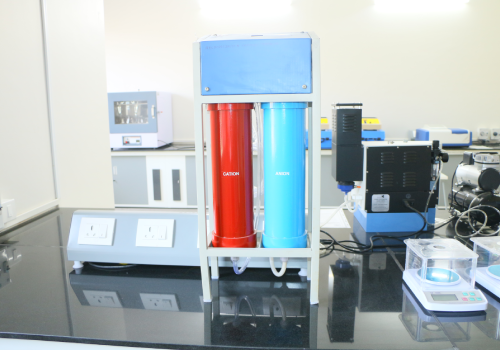
Cationand Ions Exchanger
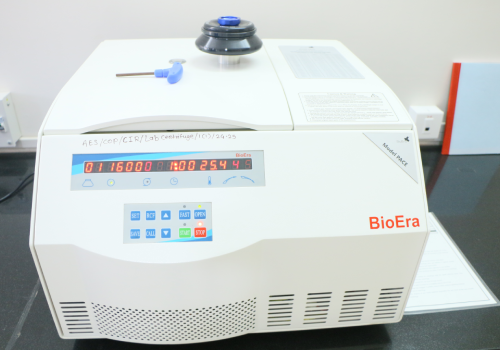
Centrifuge
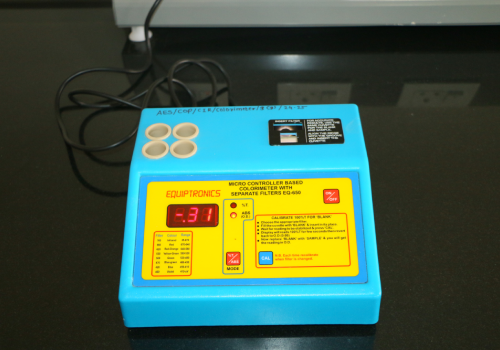
Colorimeter
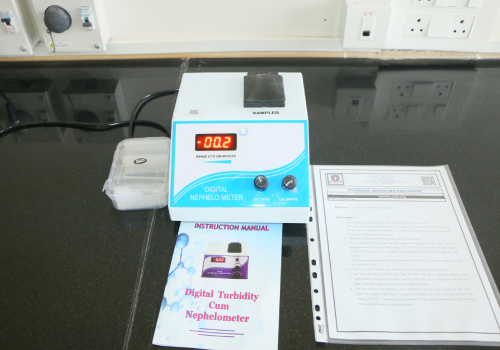
Digital Nephelometer
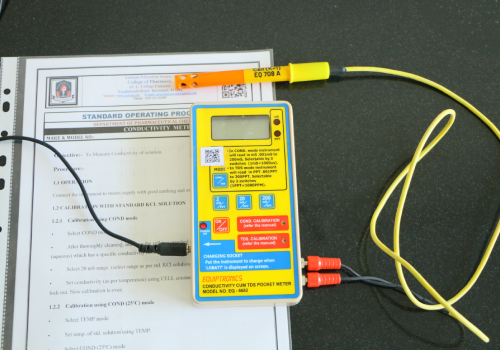
Electro Conductivity
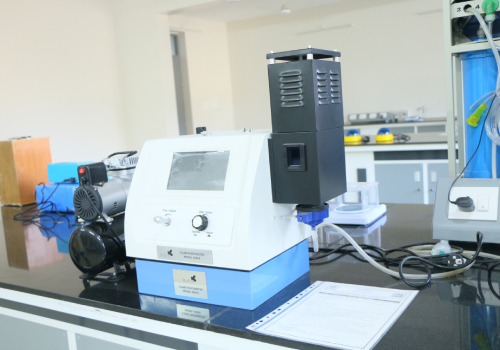
Flame Photometer
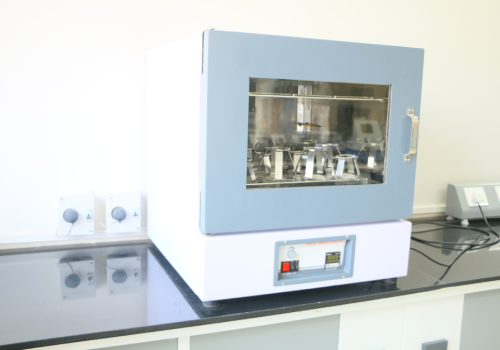
Orbital Shaker
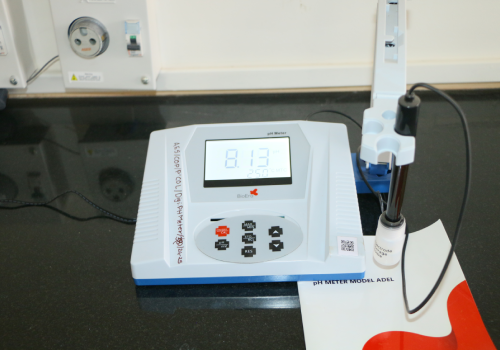
PH Meter
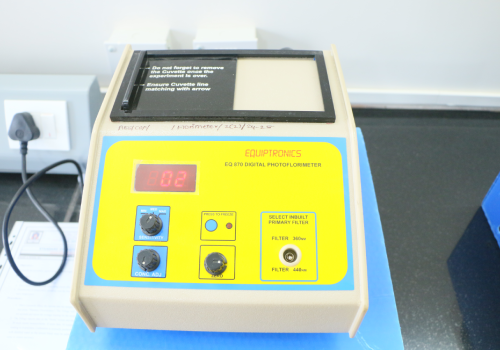
Photo florimeter
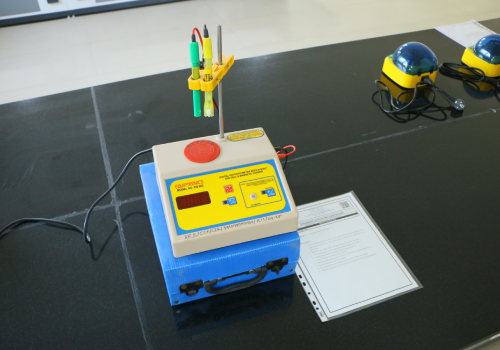
Potentiometer
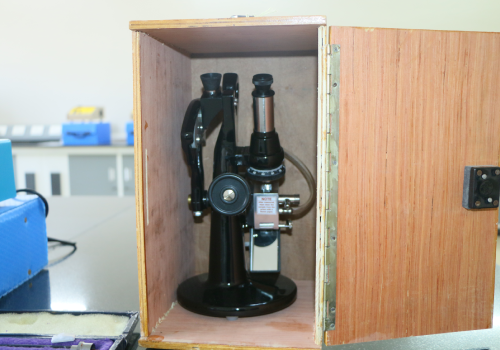
Refractometer
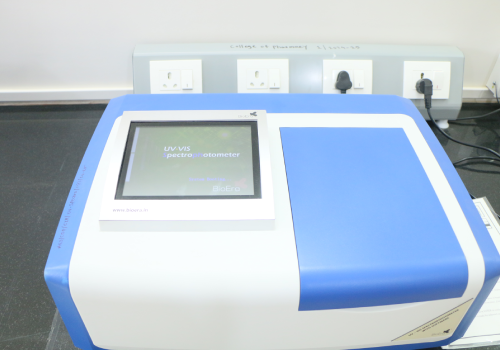
UV Spectro Photometer